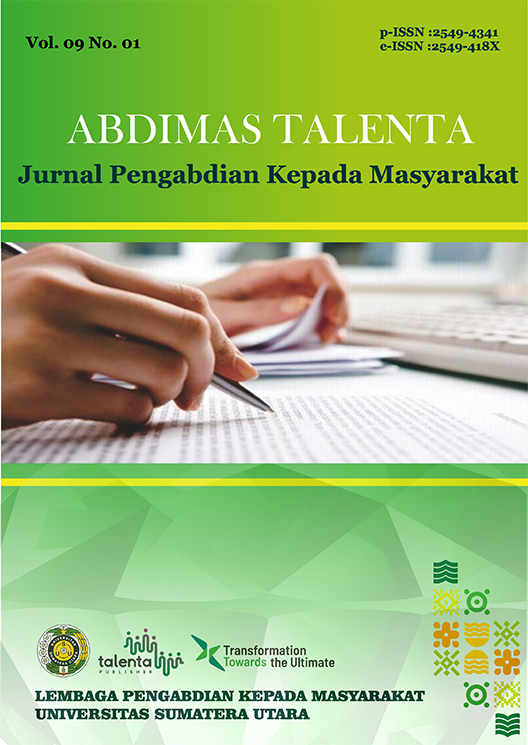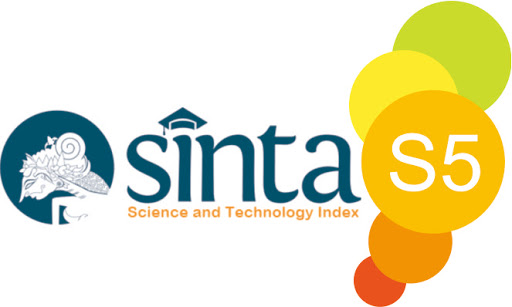Education and Socialization of Mosquito Nest Erradication with 3M Plus Movement to Students and Teachers at SMA Negeri 1 Binjai District, Langkat District, North Sumatera, Indonesia
DOI:
https://doi.org/10.32734/abdimastalenta.v9i1.17177Keywords:
Dengue Fever, Mosquito Nest Eradication, 3M Plus movement, High School StudentsAbstract
Until now, there has been a tendency for dengue fever patients to increase, and its transmission has become one of Indonesia's most common public health problems. Getting rid of mosquito nest eradication (MNE) with the 3M Plus Movement regularly, which includes draining water reservoirs, burying used items, and closing water reservoirs, which make it harder for mosquitoes to breed, can stop the spread of dengue. Even though this disease can attack all groups, several studies have shown that children and teenagers are more susceptible to dengue fever, so it is essential to make efforts to increase understanding and education for school-aged children, including high school students and teachers, who must work together to prevent dengue fever. As a result, the community service team from the Medical Faculty of Universitas Sumatera Utara carried out this activity using an outreach strategy that included questions and answers with students about MNE, Clean and Healthy Living Behavior, and other topics as well as the actual implementation of 3M Plus. A good understanding of MNE among students and teachers allows for the formation of awareness of MNE's significance in the school environment, which is the outcome of this activity.
Downloads
Downloads
Published
Issue
Section
License
Copyright (c) 2024 ABDIMAS TALENTA: Jurnal Pengabdian Kepada Masyarakat

This work is licensed under a Creative Commons Attribution-ShareAlike 4.0 International License.
The Authors submitting a manuscript do so on the understanding that if accepted for publication, copyright of the article shall be assigned to Jurnal Abdimas TALENTA as well as TALENTA Publisher Universitas Sumatera Utara as the publisher of the journal.
Copyright encompasses exclusive rights to reproduce and deliver the article in all forms and media. The reproduction of any part of this journal, its storage in databases and its transmission by any form or media, will be allowed only with written permission from Jurnal Abdimas TALENTA.
The Copyright Transfer Form can be downloaded here.
The copyright form should be signed originally and sent to the Editorial Office in the form of original mail or scanned document.












